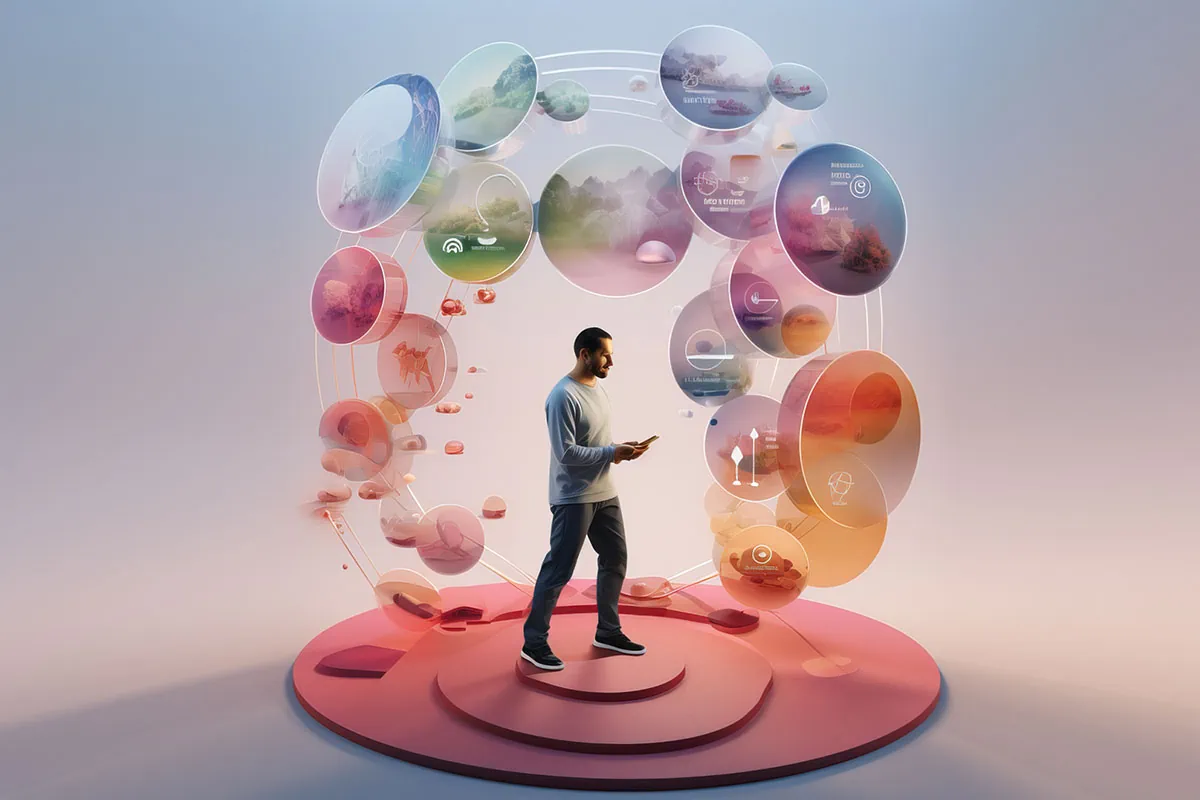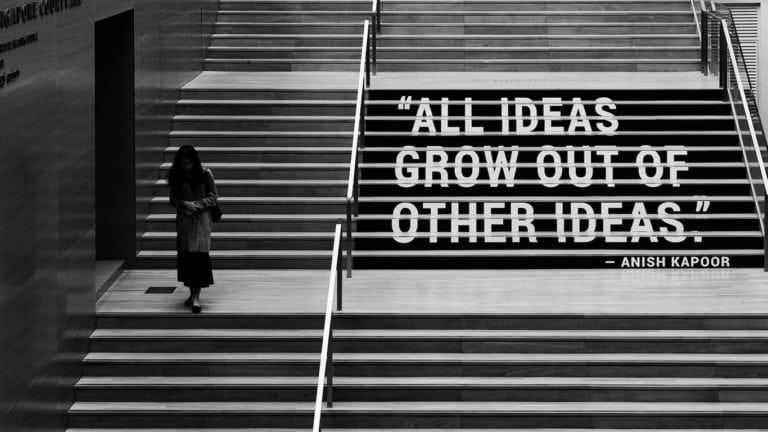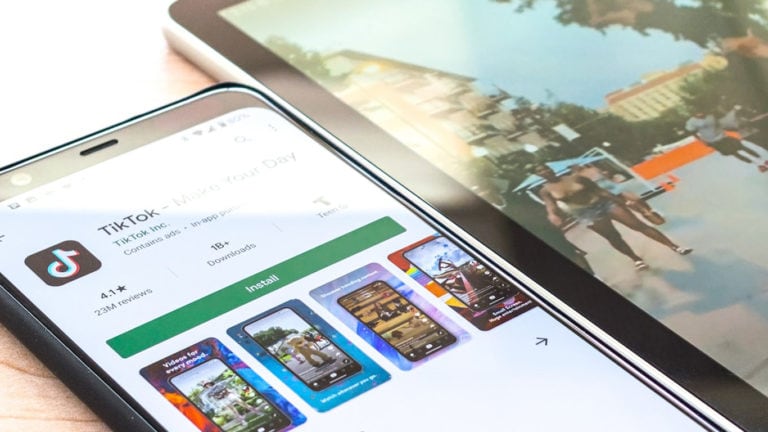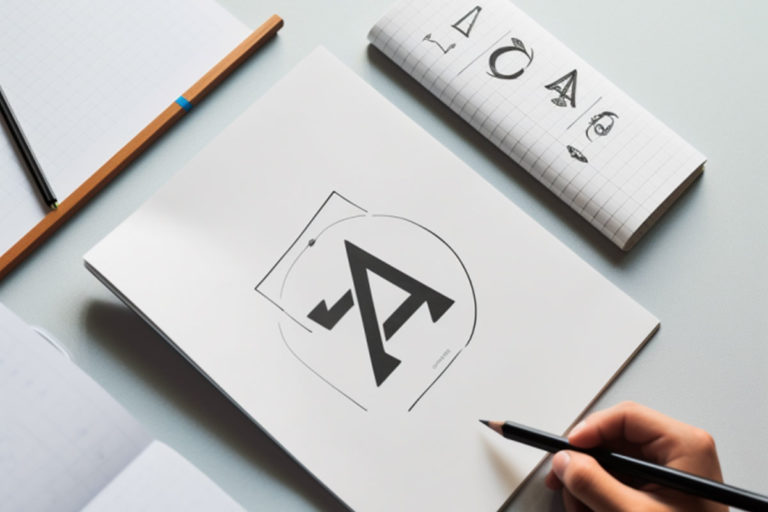What is Human-Centered Design, and Why Is It Important?
Hey there, design enthusiasts! Have you ever wondered why your perfect design didn’t click with your audience? Have you ever been frustrated when a seemingly revolutionary product collects dust on the shelves?
Well, if it makes you feel better, it’s not you. It’s the design. Or maybe that doesn’t help either.
Let me clarify. When I say “design,” I don’t mean just making something pretty.
Design is all about solving problems and to do that well. You’ve got to get into the heads of those using your product or service.
This brings us to the compelling universe of Human-Centered Design.
Human-centered design is everywhere, and we often take it for granted. Ever wonder why that crosswalk button works? No matter how pounded, slammed, kicked, or gunked up by some kid’s melting ice cream through scorching heat or a freezing blizzard, it just keeps working. That’s human-centered design at work.
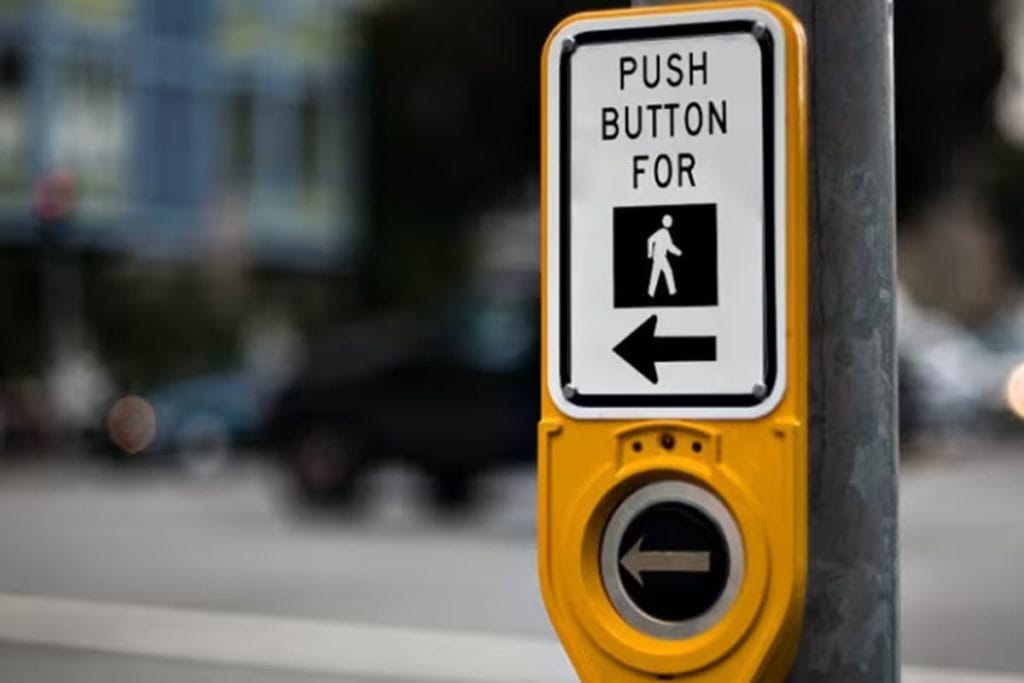
Someone had to think about how they would use it and how everyone in the world might use or misuse it.
We are all humans here, so why not design things for you and the customer? Putting users at the heart of design results in innovative solutions and ideas.
Intrigued? You should be! So let’s get into it.
Key Takeaways (TLDR)
- Human-centered design (HCD) prioritizes user needs and experiences, focusing on solving real-world problems.
- Empathy is an essential component to genuinely understanding user needs and desires.
- Inclusivity ensures that products and services are accessible to a wide range of people.
- Affordances and User Experience Research are critical tools in guiding intuitive use and providing real-world insights that significantly impact return on investment.
- The HCD process should involve interdisciplinary teams and continuous user feedback.
What Is Human-Centered Design (HCD) and Why You Need to Know About It
Human-Centered Design (HCD) isn’t a newfangled term but is gaining traction rapidly. It’s all about putting the user front and center in the design process. Sounds simple enough.
You’d be surprised how many businesses prioritize functionality or aesthetics over human-centered design, which focuses on the user’s needs and wants.
After all, most products and interfaces are designed by engineers and programmers who can’t help but become victims of feature creep, that piling on of features that all starts with things like “Oh, how about we add this?” or “What if it could also do this?”
It’s a slippery slope, and I must constantly step back when developing a new product. Being a bit of an engineer and programmer myself, it’s easy to think that adding something isn’t really going to take much more time or effort. So why not?
But that’s the wrong question. The right question is, “But why?”
Time and time again, history has proven that human-centered design wins and often can become revolutionary. Just think about every button-overloaded handheld device before the iPod and the iPhone. Who misses mashing buttons to find a song?
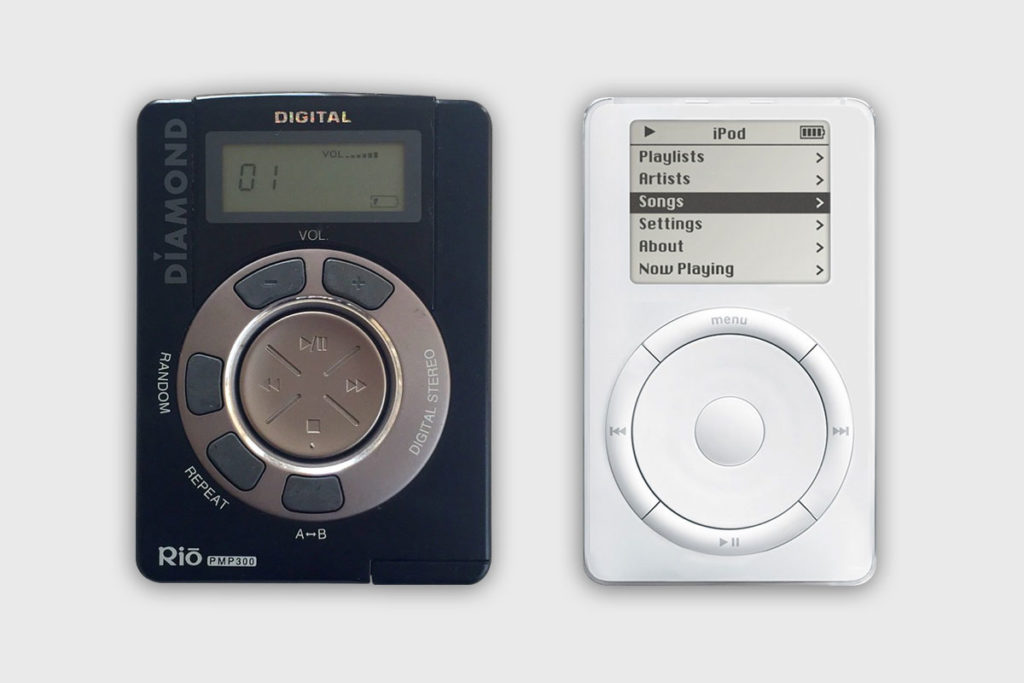
Even Twitter was a tiny but highly human-centric, part of a much bigger complicated platform that ultimately failed while Twitter succeeded.
Why should you care? According to the Design Management Institute, design-led companies outperformed the S&P 500 by 228% over a ten-year period. I’ll let that sink in.
And it’s not just about products; this approach impacts services and systems, too.
Also known as “user-centered design,” “customer-centered design,” and sometimes “activity-centered design,” HCD is the answer to avoiding over-engineered, confusing, or unnecessary features in your offerings.
Core Components of Human-Centered Design
Empathy: The Emotional Pulse of Human-Centered Design
Firstly, why is empathy important in design thinking? If you can’t relate to the user, you’re designing in the dark.
Empathy and human perspective help you understand what people say and feel, which is critical in crafting genuinely resonating solutions.
Why Is Empathy the Cornerstone?
So you may be asking, “Why is empathy important in design thinking?”
Let’s consider the alternative for a moment—designing without empathy. That’s like trying to write a love letter in a language you don’t speak. It might sound all poetic to you, but it’s just gibberish to the recipient.
Empathy is the cornerstone because it allows you to truly understand the user’s needs, aspirations, and problems. The emotional X-ray vision gives you insights no amount of data analytics can provide.
Statistically speaking, this is more than just touchy-feely talk. A study by Businessolver in 2020 showed that 93% of employees would stay longer at a company that shows empathy.
Now, think about that in the context of your products or services. If people feel understood, they’re likelier to stick around, engage, and spend their hard-earned money.
How to Cultivate Empathy in Design
Cultivating empathy doesn’t mean you need to enroll in a psychology class or start hosting therapy sessions in your office—although those might not hurt. What it does involve is genuine human interaction and active listening.
This means more than just feedback forms or customer reviews; it requires one-on-one interviews, shadowing the user, and immersing yourself in their environment. Remember, empathy is not a one-off event but an ongoing process.
IDEO, a Palo Alto design firm, has led human-centered design for decades. The concept was made mainstream when ABC’s Dateline aired an episode called “The Deep Dive” in 1998, sharing innovative design processes with the world IDEOs.
Although mostly focused on the brainstorming process, the seed of empathy and human-centered design was planted worldwide. I even called out to my design team, “Let’s have a deep dive.”
The next time you are at a hospital, look at how modern hospital beds have evolved. How easy it is to adjust, to pull up and down guard rails, where to hang equipment, mobility, all those details. That’s an example of human-centered design at work with many iterations.

The Role of Empathy in the Human-Centered Design Thinking Process
When you’re engaged in the human-centered design thinking process, empathy is the initial phase where you gather deep insights about the user’s needs. This is not the stage to brainstorm solutions or think about implementation; that comes later.
The empathetic stage is a research mode where you set aside your assumptions and immerse yourself in the user’s experience. This can often lead to ‘Aha!’ moments that can pivot the direction of your entire project.
Empathy Isn’t Optional; It’s Essential
Empathy isn’t a ‘nice-to-have’ in the design process; it’s a ‘must-have.’ It serves as the foundation for the entire human-centered design approach. Without it, you’re designing in a vacuum, missing out on the nuance and richness of genuine human experience.
In today’s competitive market, where consumers are bombarded with choices, the brands that show they ‘get’ their audience are the ones that will stand the test of time. So put on your empathy hat, and see where it takes you—and your design.
Inclusivity: The Broader Reach of Human-Centered Design
This leads to the principle of “universal design” or “inclusive design.” The aim is to create products or services accessible to as many people as possible, regardless of their age, ability, or background.
A Seat at the Table for Everyone
Inclusivity isn’t just a buzzword; it’s a necessity in modern design thinking. Gone are the days when a one-size-fits-all approach sufficed.
Today, if your product or service doesn’t consider the full range of human diversity, you’re missing out on a significant market, and worse, you might be unconsciously marginalizing potential users. Sounds serious. It is.
According to a report from Deloitte, companies that focus on inclusivity outperform their peers by a staggering 2.3 times. Yeah, you read that right—2.3 times!
Universal Design vs. Inclusive Design
These terms are often used interchangeably but are somewhat different. “Universal design” refers to creating solutions that meet the needs of the broadest possible range of users.
Think about curb cuts on sidewalks—they help not just wheelchair users but also parents pushing strollers or someone pulling a suitcase. Sidewalks have been around for centuries, but it wasn’t until the 1960s that ramps began showing up. That’s human-centric design at work.
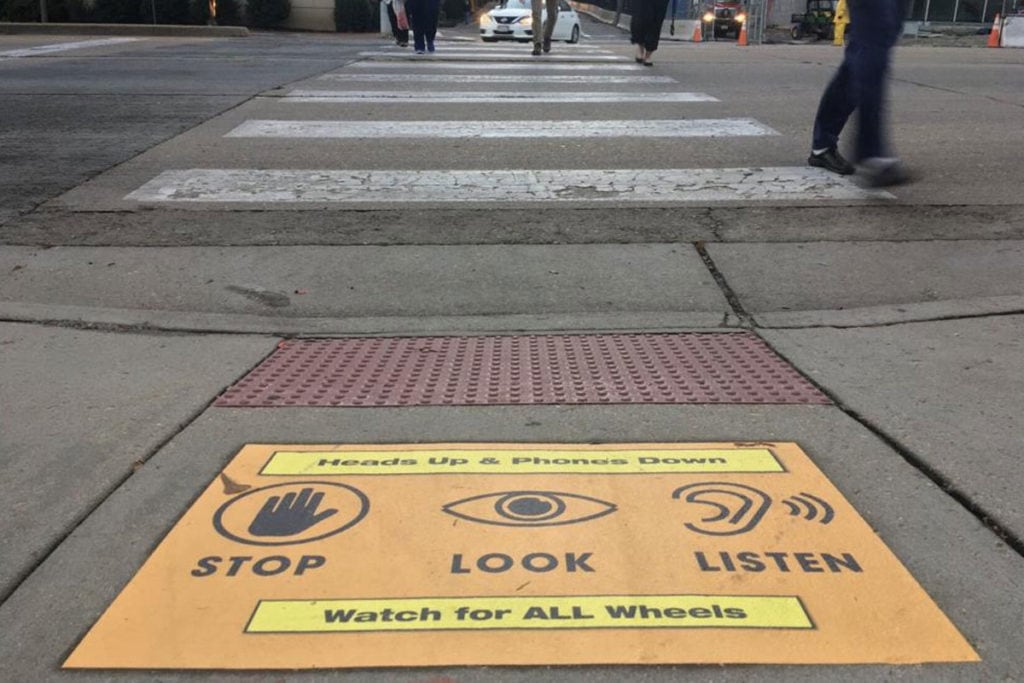
“Inclusive design,” on the other hand, often starts with understanding the needs of the marginalized or excluded and then working toward solutions that include them.
While universal design aims for a single solution for all, inclusive design might offer multiple ways for users to achieve the same outcome.
The Virtuous Circle of Inclusivity
There’s a growing understanding that making your design more inclusive can lead to innovations in interactive technology that benefit everyone. For instance, text-to-speech technology was initially developed to assist those with visual impairments.
Today, it’s used globally by people who prefer auditory learning, drivers, multitaskers, etc. So, in striving for inclusivity, you’re not just ‘doing good’. You’re also expanding your product’s potential user base in ways you might not have imagined.
The Role of Affordances
Remember those “affordances” we talked about? These design cues play a crucial role in inclusivity.
The design must provide universally understandable cues, minimizing confusion or misuse.
From clear labeling to intuitive layouts, affordances are your silent guides in ensuring users navigate your product without feeling lost or frustrated.
Inclusivity in Human-Centered Design is not an afterthought; it’s a critical component that ensures your design speaks to everyone and leaves no one behind. It’s not just an ethical imperative; it’s a business necessity.
By focusing on the needs of all users, you’re setting the stage for your product’s wider success and, perhaps unknowingly, triggering a wave of innovation that could benefit society at large. So, in your quest for the perfect design, ensure it welcomes all.
Affordances and User Experience Research
Humanity-centered design also involves the concept of “affordances” – cues on how a product should be used. Have you ever tried to push a door that needed pulling? Exactly.
Also, no HCD process is complete without robust “user experience research.” You’ll need real-world insights to make your human-centered design principles work.
What are Affordances?
Let’s start with “affordances,” a term that may sound like it belongs in an economics textbook but is a design superstar.
Imagine walking into a room and seeing a door with a flat plate. Your brain automatically tells you to push, not pull, right?
That plate is an affordance, a design cue that signals how an object should be used. Essentially, affordances help avoid confusion by setting user expectations straight from the get-go.
Don Norman, who popularized the term in his book, “The Design of Everyday Things,” says that good design should include “signifiers” that guide users intuitively.
A well-placed affordance is like a good joke; if you have to explain it, it’s not that good. In a world driven by efficiency, affordances are the unsung heroes that make usability a walk in the park.
User Experience Research – Why It’s Crucial
Alright, so we’ve designed this beautiful, intuitive, affordance-packed product. But how do we know it will actually resonate with the users?
Enter User Experience Research, more often referred to as UX Research. This is where the human-centered design approach really digs deep to understand its users.
According to a study by Forrester Research, every dollar invested in UX returns $100, with an ROI of 9,900%. Yes, you read that right!
User Experience Research involves interviews, surveys, and usability testing to gather qualitative and quantitative data. This data informs your design decisions, ensuring that you’re not just throwing darts in the dark.
Bringing Affordances and UX Research Together
Think of affordances and user experience research as the dynamic duo of human-centered design. Affordances make your product or service approachable, while UX research ensures it’s what people want.
Together, they form the backbone of a design that’s not just functional but also irresistibly user-friendly.
Here’s a tip: When knee-deep in the human-centered design thinking process, regularly loop in affordance design and user feedback. That way, you’re continually refining the product, cutting down on errors, and ensuring that what you’re creating is not just a thing of beauty but of function and form.
By focusing on both these aspects, you’re not just designing for design’s sake; you’re creating an ecosystem where design meets real-world application, an absolute win-win in human-centered design.
So the next time you look at the world around you, give yourself a second to think about how affordances and user experience research have made something work the way they do. They may be the MVPs that made those easy everyday things we take for granted possible.
Key Considerations for Success
When embracing a human-centered approach, also called an HCD approach, involving the users throughout the creative process is vital. Their good and bad feedback will guide your tweaks and adjustments. Also, interdisciplinary teams often yield the best results because, let’s face it, no one is a master of all trades.
Want to Dig Deeper?
You can deepen your understanding of human factors by diving into human-centered design thinking or the human-centered design thinking process. They offer systematic frameworks to innovate or solve problems in a people-centric way. And if you’re looking for alternative methods, “activity-centered design” and “humanity-centered” design are worth exploring.
The People Have Spoken (And You Should Listen)
In wrapping up, the significance of Human-Centered Design can’t be overstated. From creating better products to fostering more empathetic societies, this approach is a game-changer. So, if you want your brand to resonate, be more than just functional or aesthetically pleasing—be human. After all, who understands the needs of humans better than another human?
So, step up your design game and prioritize the people who matter the most—your customers. Trust me, they will thank you for it. And so will your bottom line.
Frequently Asked Questions
What are the 4 principles of human-centered design?
The four core principles of Human-Centered Design (HCD) include empathy, inclusivity, affordances, and robust user experience research. Empathy helps designers deeply understand user needs and wants, while inclusivity aims to make products and services accessible to the widest possible audience. Affordances offer intuitive cues on how an object should be used, and user experience research employs various methods to ensure the design aligns closely with user expectations.
What is the human-centered design mindset?
The Human-Centered Design mindset is a people-first approach to problem-solving that places users at the heart of the design process. This approach goes beyond aesthetics or functionality; it aims to understand the end-user’s needs, aspirations, and potential challenges. It embodies a commitment to iterative learning, user feedback, human-centered design methods, and a blend of qualitative and quantitative research methods to arrive at solutions that truly resonate with the target audience.
What are the 5 steps of human-centered design?
The five essential steps of the Human-Centered Design process typically include identifying the problem, conducting user research and usability knowledge, ideation and brainstorming solutions, prototyping, and testing and iteration. These steps guide designers through a systematic process that begins with understanding the user’s needs and ends with a well-researched and empathetically designed solution that can evolve based on real-world feedback.
What are the 3 main factors that contribute to human-centered design?
The three main factors contributing to the success of Human-Centered Design are a deeply ingrained sense of empathy for human beings, a rigorous user experience research process, and an iterative design approach. Empathy helps designers understand the users they are designing for, user experience research validates these insights with real-world data, and an iterative approach ensures that the design evolves based on real-time user feedback, ensuring optimal usability and user satisfaction.
Editorial Process:
Our reviews are done by myself and come from my own experiences. I may not have used some products recently, so my reviews may reference details such as specifications and features that may have changed since I last used them. Let me know if you find any discrepancies.
Some of the links in this article may be affiliate links, which can compensate us at no cost if you decide to purchase a paid plan. These are products we’ve personally used and stand behind. This site is not intended to provide financial advice. You can read our affiliate disclosure in our privacy policy and editorial disclosure.

